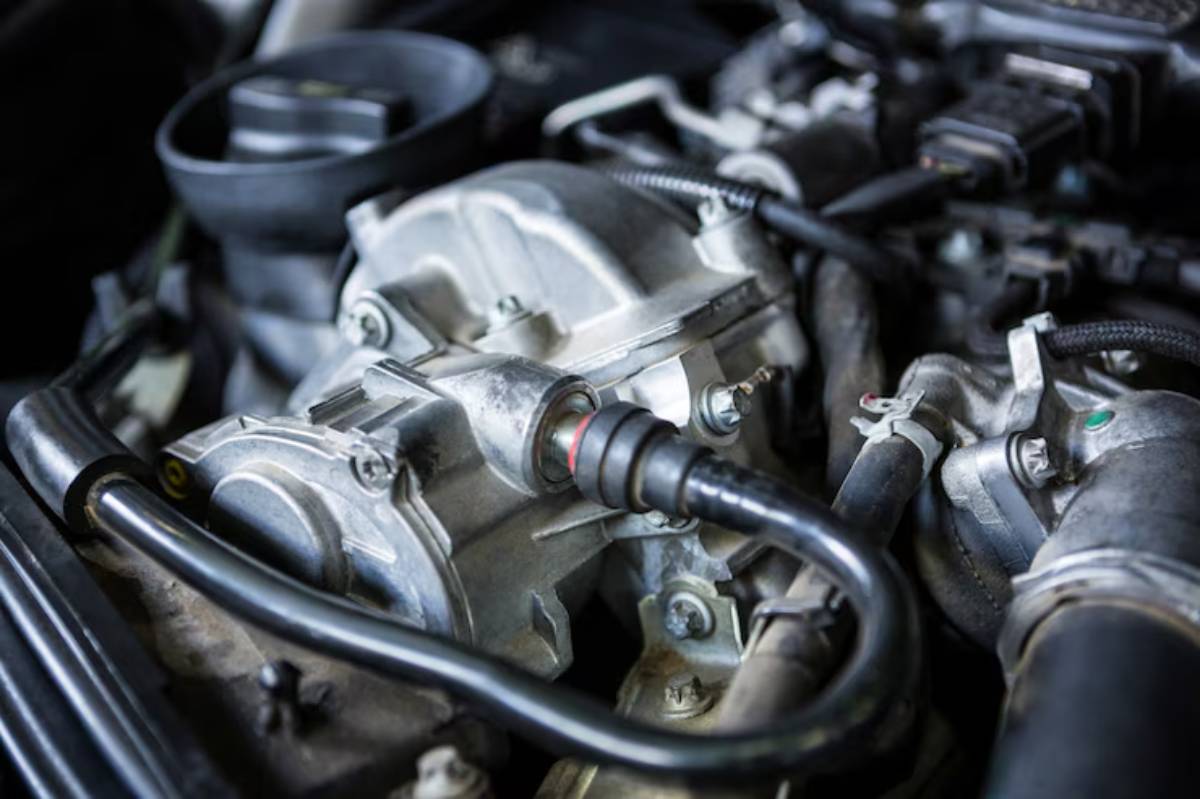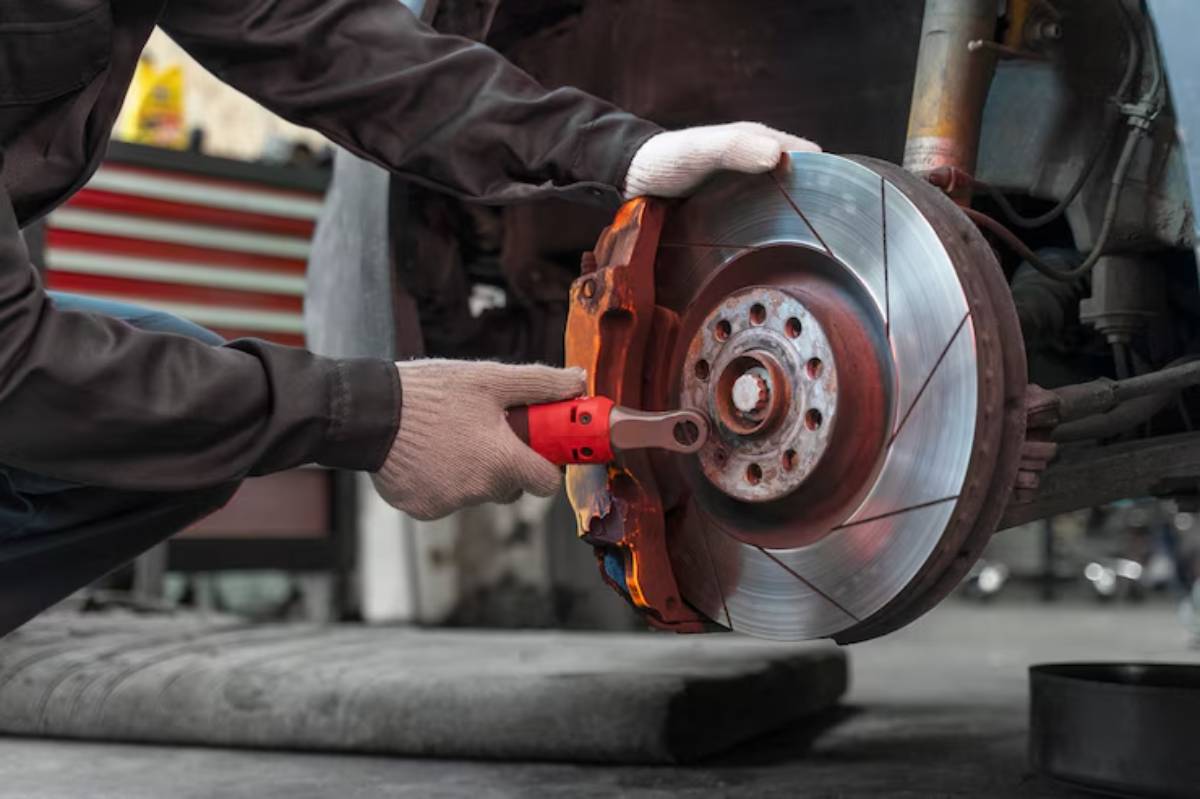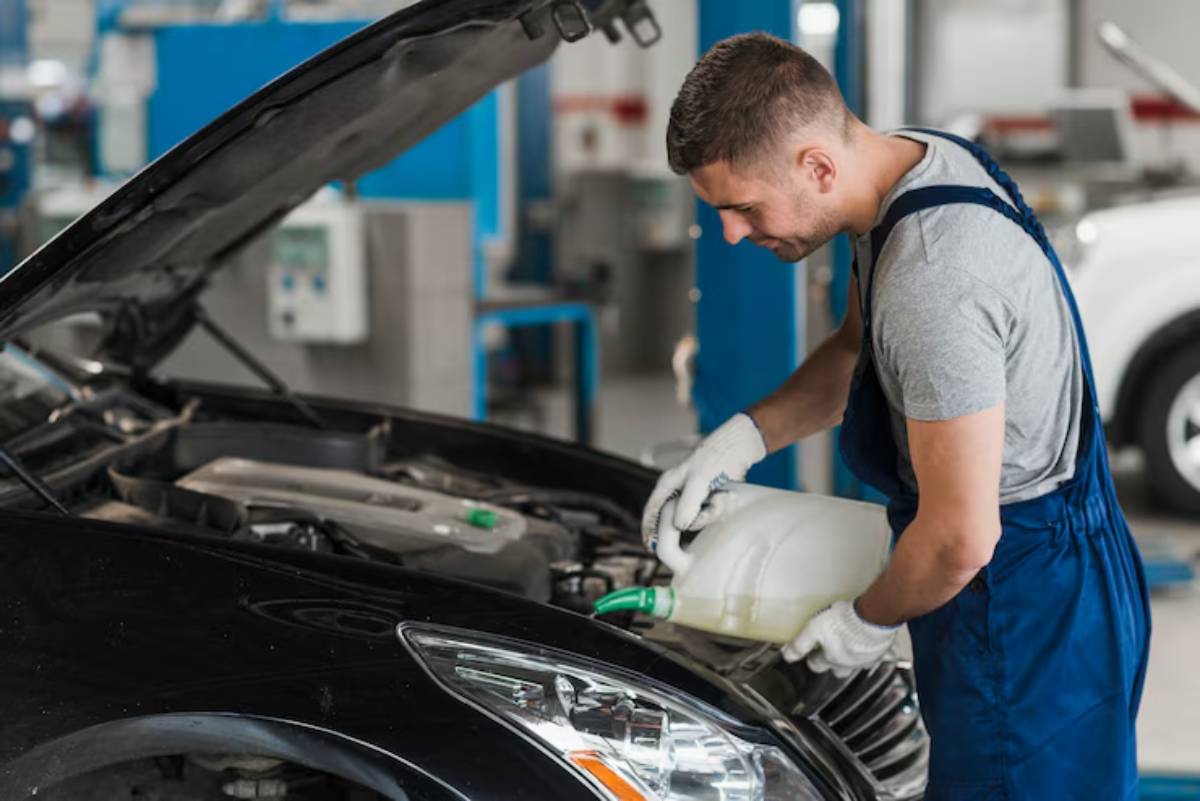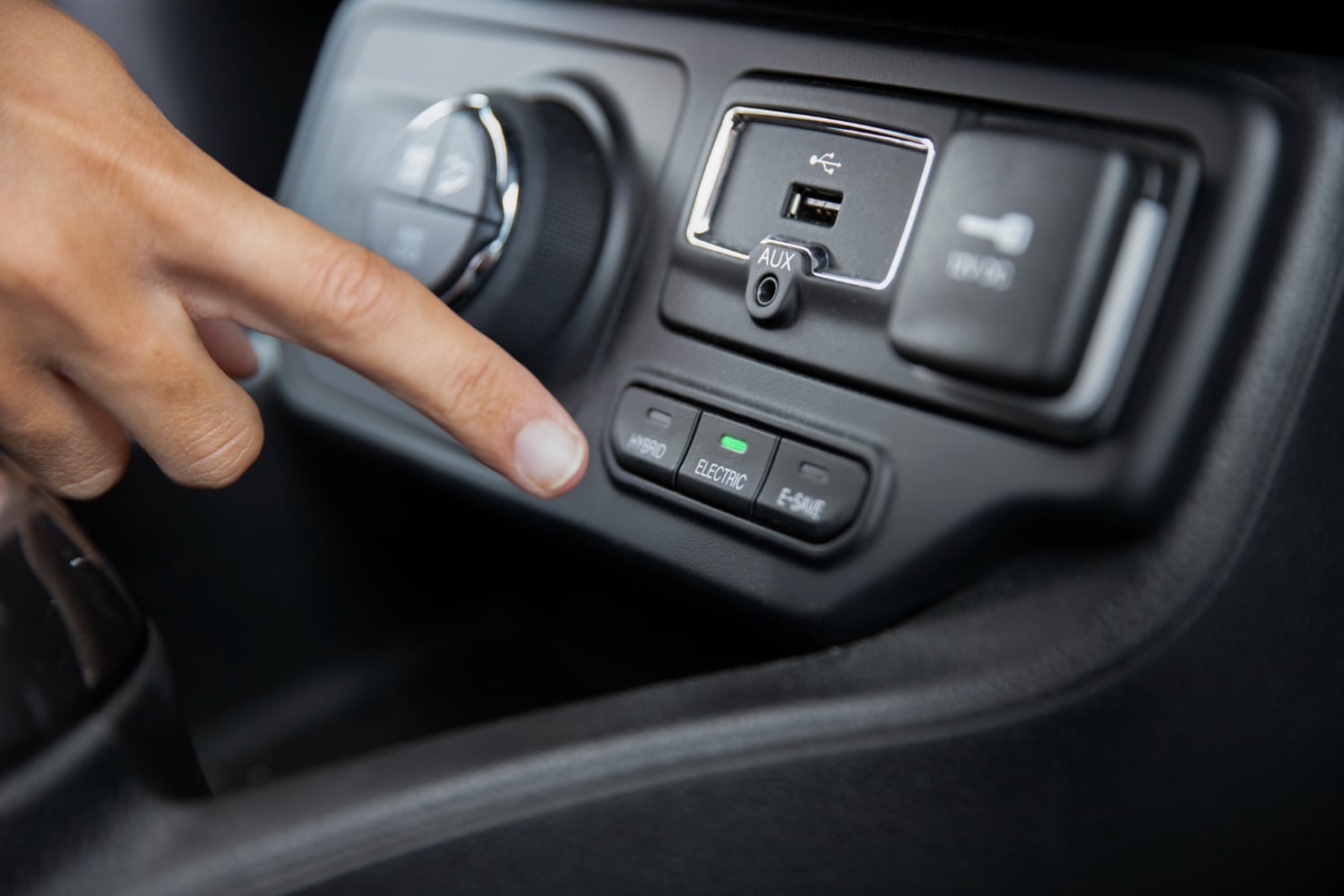
Maintaining Climate Control in Hybrids
Imagine this: it’s a scorching summer day, and you start your hybrid. The air conditioning should kick in instantly, offering you a cool oasis. But instead, all you get is a lukewarm breeze. Sound familiar?
In hybrid vehicles, climate control isn’t just about comfort — it’s intricately linked to energy efficiency, battery protection, and overall system health. Whether you’re dealing with icy mornings or humid afternoons, your hybrid’s HVAC system needs to work flawlessly across driving modes.
What makes hybrid AC maintenance and HVAC system care so different from a traditional car? In this guide, we’ll break down how hybrid climate control systems work, why regular upkeep matters, common issues to look out for, and the maintenance tasks you can do to keep everything running as it should.
Let’s make sure your climate control isn’t just functioning, but thriving, no matter the season.
How Hybrid Climate Control Systems Differ
Power Source Matters
In standard vehicles, the heating and air conditioning systems rely heavily on the internal combustion engine. But hybrid systems are more dynamic. They often switch between:
- Engine-powered components (when the petrol engine is running)
- Electric-powered HVAC components (when in EV mode or idling)
This flexibility makes hybrid HVAC systems incredibly efficient, but they are also more dependent on smart system integration and proper care.
Electric Compressors and Heaters
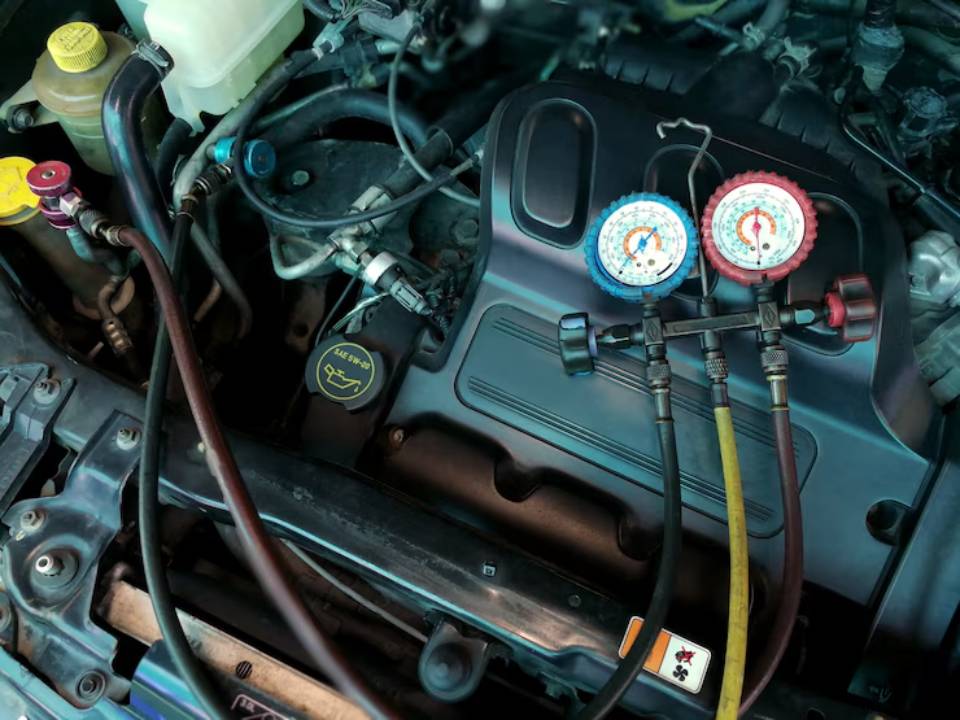
Many hybrids use:
- Electric AC compressors powered by the high-voltage battery — this means your air con works even when the engine is off.
- PTC (Positive Temperature Coefficient) heaters or heat pumps for electric heating, which draw significant energy from the battery.
If these components are neglected, your comfort and energy efficiency can both take a hit.
Why HVAC System Care is Crucial in Hybrids
More Than Just Cabin Comfort
Let’s be clear — a functioning climate control system does more than just cool or warm your interior. It also:
- Protects your battery by regulating temperature in battery-adjacent zones
- Ensures visibility with effective demisting and defrosting
- Supports electronics by preventing moisture build-up and overheating
- Improves fuel economy by optimising how energy is used
When your hybrid climate control system is neglected, it can lead to:
- Reduced driving range
- Overworked components
- Expensive repairs from avoidable faults
That’s why hybrid AC maintenance isn’t optional — it’s essential.
Signs Your Hybrid’s Climate Control Needs Attention
Wondering how to spot trouble early? Here are key indicators that your system might be struggling:
- Weak airflow or no air movement
- AC not cooling efficiently, especially at idle or in EV mode
- No cabin heat during winter
- Unusual noises when switching fan speeds
- Musty or foul odours
- Fogged-up windows, even when defog is on
Spot any of these? It’s time to take action — or you might find yourself on a long drive with no control at all.
Top Maintenance Tips for Hybrid Climate Control Systems
1. Change the Cabin Air Filter Regularly
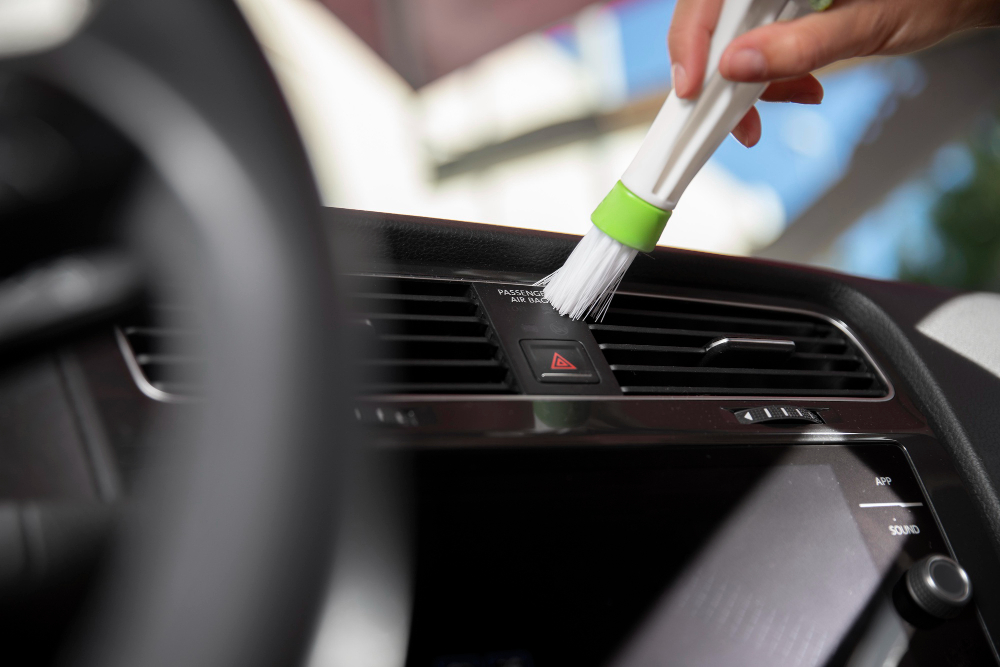
One of the easiest yet most overlooked tasks. A dirty filter:
- Restricts airflow
- Overworks the blower motor
- Contributes to bad smells
How often? Check and replace it every 12,000–15,000 miles or once a year. If you drive in dusty conditions, you may need to do it more frequently.
2. Run the System Year-Round
Don’t make your AC a “summer-only” feature. Using it occasionally in winter helps:
- Keep seals lubricated
- Prevent compressor damage
- Avoid mildew build-up in the evaporator
This also applies to heating. Occasionally running your hybrid’s heater, even off-season, keeps electric heating elements and thermostats responsive.
3. Check Coolant Levels and Quality
Heating in hybrids often involves heat exchangers and coolant loops. Low or dirty coolant can affect:
- Cabin heating performance
- High-voltage system temperature control
Top up with the correct hybrid-compatible coolant, and follow proper cooling system maintenance schedules.
4. Use Eco HVAC Modes Strategically
Many hybrids offer an “Eco HVAC” setting that:
- Moderate fan speed
- Optimises temperature control
- Reduces energy draw from the battery
Use it during mild weather or short commutes to improve efficiency. Just remember — it may reduce output slightly during extreme temperatures.
5. Take Advantage of Cabin Preconditioning
If you own a plug-in hybrid, you may be able to precondition the cabin while charging. This:
- Warms or cools the cabin before departure
- Saves high-voltage battery power for driving
- Ensures full comfort from the get-go
Use your car’s app or infotainment system to schedule this before morning commutes or evening errands.
Understanding Hybrid HVAC Components
Let’s break down the main players in your system and how they function:
Electric Compressor
Replaces traditional belt-driven units. It’s silent, efficient, and can operate without the engine running. But it’s also high-voltage, so don’t DIY repairs unless you’re trained.
Inverter Chiller / Heat Pump
Manages temperature for the battery and power electronics. Integrated with the HVAC system in many models.
PTC Heater or Auxiliary Coolant Heater
Used for heating the cabin when the engine is off. More energy-intensive than traditional heating, but ensures warmth during EV driving.
Blower Motor and Controls
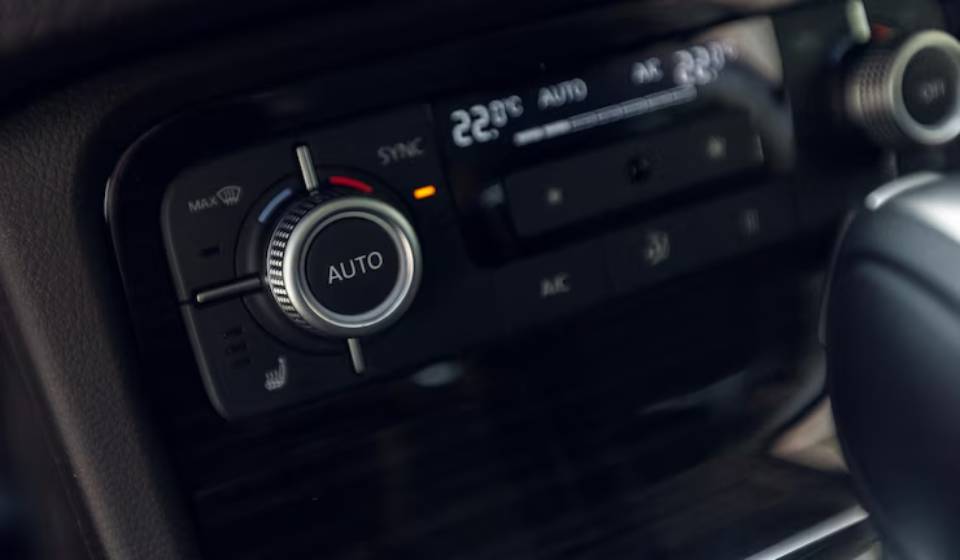
These are similar to traditional systems but are more tightly integrated with vehicle software. Problems here can sometimes be diagnosed using OBD tools.
When to Get Professional Help
While you can handle filter replacements and basic checks yourself, some issues require a hybrid-certified technician, especially anything involving:
- Electric AC compressor faults
- Refrigerant recharge (especially with R-1234yf systems)
- HVAC control module failures
- Inverter chiller system problems
- Strange electrical errors or warnings
Remember: hybrid HVAC systems operate with high-voltage systems, which can be dangerous if handled improperly.
Bonus Tips for All-Season Comfort
Cold Weather
- Keep the cabin warm with seat heaters — they use less energy than cabin heaters.
- Precondition your car while it’s plugged in to save battery power.
Hot Weather
- Use recirculation mode to cool the cabin faster.
- Park in shaded areas or use a windscreen shade to reduce interior heat build-up.
How Hybrid HVAC Affects Energy Efficiency
Climate control can be one of the biggest battery drains, especially in winter.
Tips to Maximise Efficiency
- Use Eco HVAC settings when full power isn’t needed
- Limit max heat or AC unless absolutely necessary
- Use targeted comfort features (like seat warmers) instead of whole-cabin systems
- Precondition the cabin while still charging
With small changes, you can extend your electric-only range or reduce fuel usage, without sacrificing comfort.
Conclusion: Comfort Shouldn’t Come at the Cost of Efficiency
Your hybrid’s climate control system is a complex but essential part of your driving experience. It keeps you comfortable, protects key components, and plays a crucial role in the overall efficiency and reliability of your car.
By staying proactive with hybrid HVAC system care, you ensure your car remains enjoyable, energy-efficient, and road-ready year-round. A clean filter, balanced coolant, and smart usage habits go a long way — and when in doubt, professional servicing keeps everything running at its best.
Ready to take control of your comfort?
Make a habit of checking your climate system monthly, schedule a yearly inspection, and keep exploring our expert hybrid maintenance tips.
